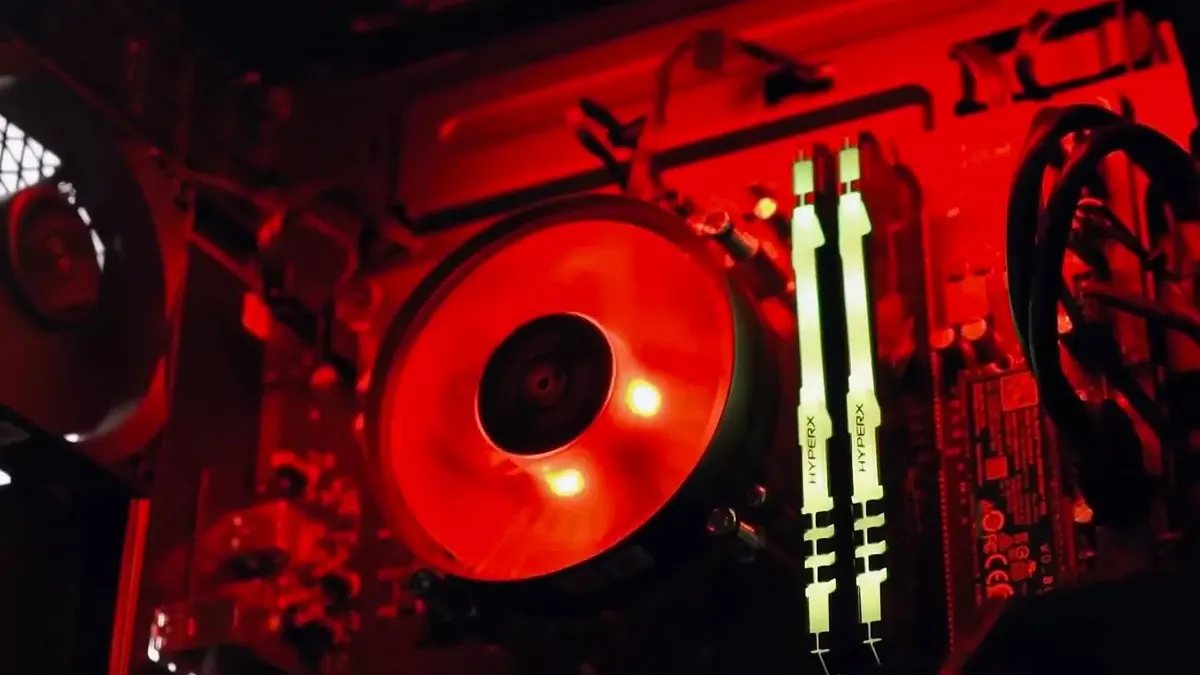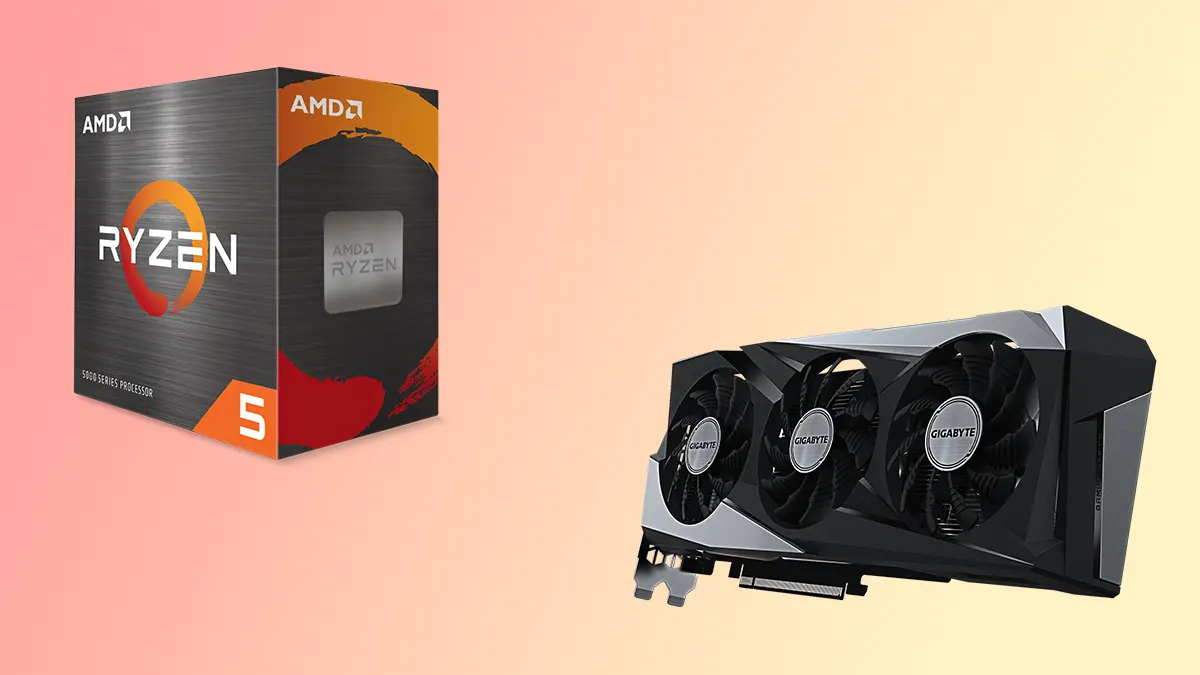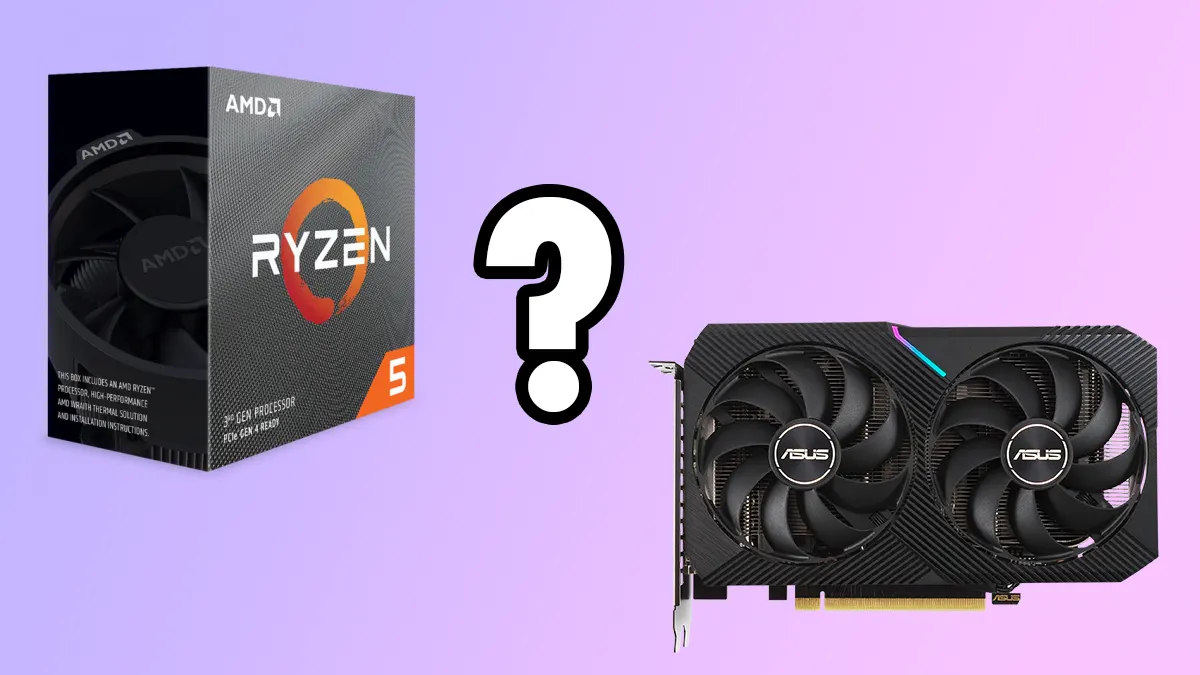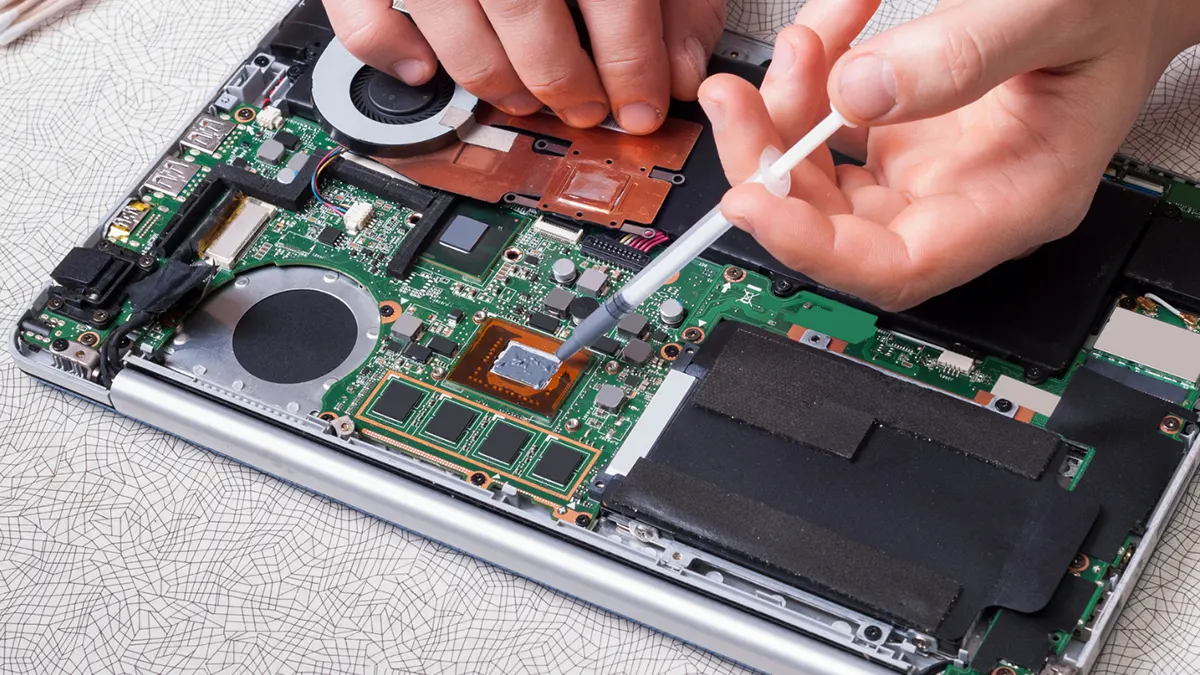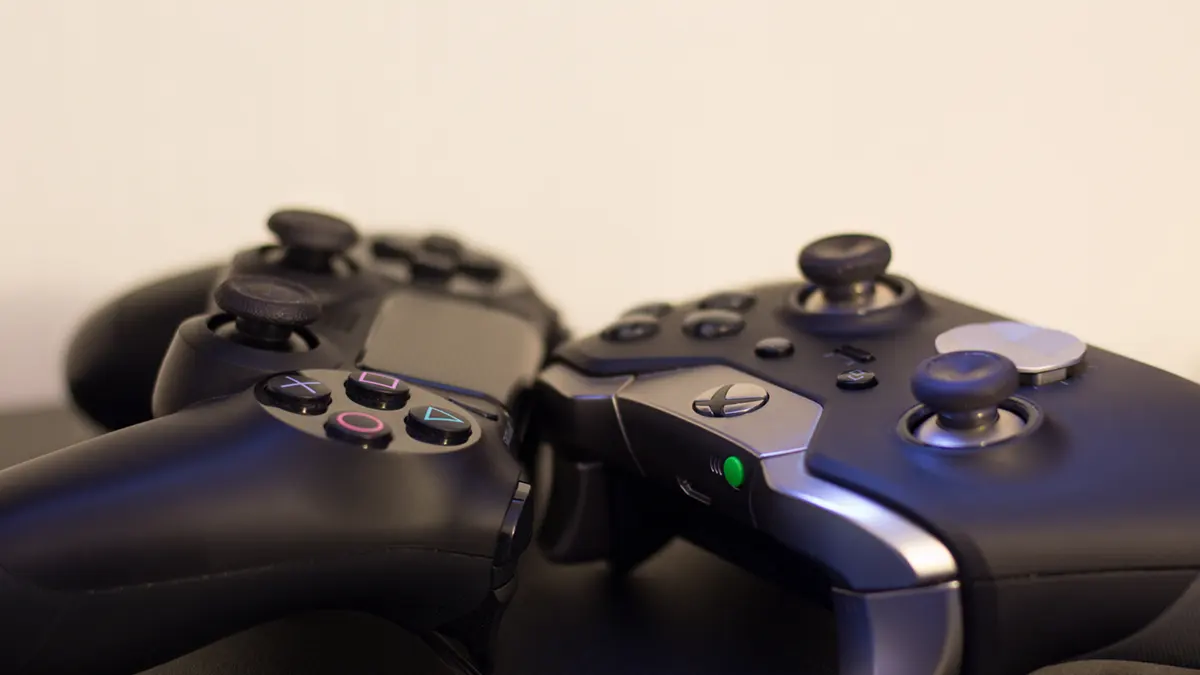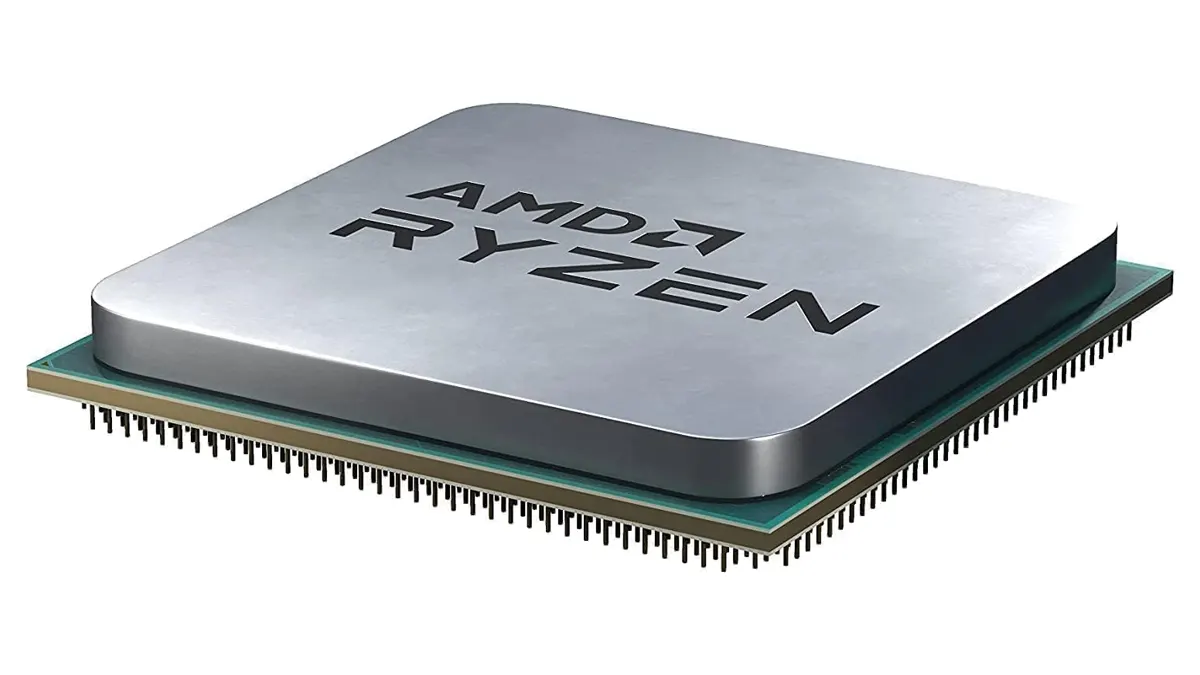Everyone prefers a seamless experience out of their gaming machines because of the premium they pay to build such expensive systems instead of just grabbing themselves a budget Xbox or PlayStation console. So, still, if you cannot achieve the intended experience, there’s something wrong with the components, or you’re just experiencing a bottleneck. Bottlenecks can prove to be a real problem stopping you from enjoying the expected performance. A bottleneck is something that prevents the other components from delivering their optimal performance, especially when the primary objective of the PC is solely gaming.
The bottleneck isn’t limited to just one level, it can be small, or it can be extreme, which varies from combination to combination of the PC components. This is what we’re going to discuss in this article and let you know about the possible explanations for why bottleneck occurs and what steps we need to follow to deal with such adversities.
Understanding Bottlenecks
Before we jump straight into the different types of bottlenecks, let’s start from the base. As stated earlier, a bottleneck is a state in which one component is holding back the power of the rest of the system. Bottlenecks can be of several types, meaning any crucial component can cause a bottleneck. PC components are manufactured tier-wise, thereby reducing the confusion when selecting the components for your build. Depending upon the severity of the bottleneck, it can cause major performance issues, which curbs the seamless user experience.
Components that can cause a potential bottleneck includes CPU, GPU, DRAM, and permanent storage drive. The system will struggle to perform at its peak if any of these components aren’t up to par with the rest, since they all work together.
CPU Bottleneck
CPU bottleneck is one of those that can push back the performance of your system. A CPU bottleneck occurs when the CPU itself isn’t as powerful as the rest of the system, and since it’s responsible for managing and delivering the instructions to the graphics card for the frame rendering. So, if the CPU is less robust than the GPU and the rest of the components, then it will not compute instructions as quickly as the other components. Meaning that the next component, which is the graphics card, would just stay in the idle state most of the time. This causes the system to perform significantly below expectations.
GPU Bottleneck
Now the GPU bottleneck is exactly like the CPU bottleneck, however, in this case, the GPU is the limiting factor. Which holds back the performance of the whole system. Meaning that the rest of the system specs are top-of-the-line or simply just more powerful than the GPU itself. Do note, though, that a GPU bottleneck isn’t that concerning because it works at its maximum usage and doesn’t cause stutters or other performance let-downs. You can imagine it, like pairing a GTX 1060 with an i7 13700K, in short, GPU bottleneck is bearable as long as you’re getting favorable performance.
Memory Bottleneck
Memory bottleneck is when the RAM that you have installed in your system isn’t fast enough to share the game data with the CPU. In layman’s terms, we can say that pairing an old 2400 MHz RAM kit with a system featuring the 13th generation of Intel processors. That’s just way too low for such powerful processors, and it can cause stutters and less-than-expected FPS. So, better pair something with speeds like 3200-3600 MHz at the very least to get optimal performance.
Monitor Bottleneck
Technically, having a less powerful monitor can also be considered a bottleneck for your system. What does it mean by a less powerful monitor? It translates to having a monitor with a relatively low resolution and refresh rate, for instance, using a 1080p 60 Hz monitor with a system boasting Ryzen 7 7700X3D and RTX 4080. You will undoubtedly get a lot of frames with ultra settings, but still, the system mostly would be idling because it isn’t doing much. To eliminate such bottlenecks, you better choose a monitor with a 1440p 144 Hz panel at the very least, to enjoy the additional frames and dazzling visual clarity along with buttery smooth gameplay. This plays a big factor when playing online multiplayer titles where each FPS matters and can result in winning or losing.
Is 10 percent CPU bottleneck bad?
In the real world, there’s genuinely no such thing as a 10% or 15% bottleneck, and that’s because the bottleneck is dynamic, and varies from game to game as not all of them are the same, some games heavily rely on the CPU power and some on the GPU.
This is why you can’t get the same results in different applications. Consider that you’re playing a game and the GPU usage is hovering around 90% instead of the full 100%. Now, if you fire up a different game, the narrative would be entirely different, and the numbers would not be identical to those previously observed.
What possible issues you can face due to this? Since it’s a CPU bottleneck, you might experience some stuttering and low FPS count. Furthermore, it can affect your overall gaming experience negatively, which no one would like to have in their situation. Nonetheless, this is a modest number and would not affect the performance severely as compared to higher levels of the bottleneck.
Performance Impact of a 10% Bottleneck
Although the impact of a 10% bottleneck isn’t as big, it still kills the performance that one desires to experience after building up a new rig. The system doesn’t perform as it should, and you face longer loading times, reduced frame rates, and frequent stutters. This not only happens in games with bad optimization but also in the ones that have decent optimization. All of these problems are tiresome and need to be fixed asap, which can only be done by balancing the rig with the right parts. Moreover, multitasking also gets a hit as the bottleneck causes delays, which diminishes productivity to some extent.
Identifying the Culprit Component
Bottleneck depends on various factors and components because of its dynamic nature. A bottleneck as discussed before could be caused by any of the crucial components like Motherboard, GPU, CPU, RAM, and storage drives. The worst of them all is when the CPU is the limiting factor, it limits the performance and causes longer load times, inconsistency in gaming performance, and noticeable stutters all around. This also affects those applications that rely on CPU processing power to render out the results, be it graphical work or any other similar gig.
Furthermore, the graphics card is the most important component needed for gaming. It takes care of all the scene generation and renders them into a viewable form. Furthermore, possessing a graphics card is not the only requirement, it also requires considerable performance to render everything blazingly swift and buttery smooth. Otherwise, you will end up having a bottleneck, which accounts for a not-so-consistent gaming or work experience.
The DRAM module installed inside the computer can also cause such havoc if a slower kit is installed on top of having less capacity. The applications including productivity and gaming are way too hardware intensive, especially on the memory side of things. They eat too much RAM while they’re in use, and give the DRAM modules a hard time keeping things in control. This is why adequate speed and capacity are very much suggested to improve the system responsiveness, which ultimately opens the door toward a seamless multitasking experience.
Performance Hits in Different Scenarios
Gaming
Gaming is one of the most affected areas that get poisoned by a hardware bottleneck. It is not strange that games rely extensively on the kind of hardware the computer has. If the components are unbalanced and built poorly, it will affect not only affect casual usage but will bring chaos to your gaming sessions. If you were to get a stable 60 FPS in a game with no bottleneck whatsoever, then in the case of a 10% bottleneck you will be seeing dips into the low 50s. Although it doesn’t seem too concerning, however, the whole experience wouldn’t be fluid but rather a choppy mess with inconsistent dips and occasional stutters.
Productivity
Besides gaming, productivity is yet another field that gets a major hit in performance if the computer has bottleneck issues. The most notable work is the 2D/3D animation or model rendering, video editing, game creation, and other fundamental software related to production. All of them require quite a lot of processing power, or otherwise. If the bottleneck is in play, then the work will get slower and more time-consuming - bringing the productivity level down.
Multimedia
The bottleneck exhibits no tolerance towards computer software, and it doesn’t spare the multimedia side either. Here the limiting factor would be the permanent storage drives and DRAM. If not up to date and fast enough, you might suffer from slower data retrieval and lag during higher-resolution media consumption or the use of related software. The larger the file will be, the more hard and tiresome the whole task would become, given that the system is facing bottleneck issues.
Ways to Deal With Such Adversities
Overclocking
There’s always another way around to deal with problems, and it goes for the PC bottleneck as well. In case, you’re encountering a slight bit of bottleneck, or 10%, to say the least. You can manually overclock your CPU and GPU to balance things up as much as possible. For the CPU, both your CPU and motherboard should support overclocking, and the CPU should have adequate cooling on hand to withstand extreme temperatures. As far as the graphics card is concerned, nothing as such is required and overclocking can be done straight away. However, this method, in most instances, will only minimize the bottleneck percentage and will not eliminate it.
DRAM Upgrade
To make the computer more responsive and stable, you can opt for a DRAM upgrade. By upgrade, we mean, a fully-fledged upgrade with a higher capacity level and speed. This can immensely improve the overall system’s responsiveness and speed up the work, as well as the capacity to handle multiple tasks altogether. A 32 GB, 3600 MHz kit would improve the system performance by a noticeable margin if you were still surviving on those old 16 GB 2400 MHz kits. The system will be able to transform itself into a multitasking machine right after the upgrade.
Faster Storage
Another way to eliminate bottlenecks is by installing high-speed storage drives like NVMe and M.2 drives instead of the old mechanical hard drives that are painfully slow. This upgrade will minimize the read and write bottlenecks by reducing the time the computer takes to read/write data from the permanent storage drive. It will be highly beneficial in the case of multimedia and productivity fields, not to mention, it will also reduce the loading times in games along with more consistent performance. Although, all of this does require some investment to get the right parts under your possession.
Why Balanced Components Are Essential
The bottleneck is one of the primary reasons why buying a computer with balanced components is essential. A balanced computer exhibits the best possible performance it can produce at no additional cost. You get what you pay for, and that’s how it should be. However, due to the lack of knowledge, people end up purchasing unbalanced components that cause bottlenecks, and they don’t get the intended performance as well as pay a lot of bucks too.
You should do your homework regarding components prices and their performance tiers beforehand to end up building precisely what you need, that also marks itself safe from any kind of performance bottleneck. Let me give you an example if you were to build a mid-range PC, then you better get an i5 12400F or i7 12700K processor, at least 32 GB of DDR4 3600 MHz RAM, Gen3 or 4 NVMe storage drives. Regarding the graphics cards, the RX 6700 XT, RTX 6800 XT, RTX 3080, and RTX 3080 Ti are excellent budget-friendly options.
However, if you want something future-proof, then you should consider investing in flagship components like the Ryzen 9 7900X3D paired with an RTX 4080 or RTX 4090 along with Gen4-5 storage and 32-64 GB of RAM. You will be fine with either of the parts combined and not necessarily have to go all the way up to an RTX 4090 with Ryzen 9 7900X3D. A Ryzen 7 7700X3D with RTX 4080 or RX 7900 XTX will suffice, for years to come. All the aforementioned combinations will keep you satisfied for a good while to make up for the higher cost. Such specifications are free from any bottlenecks; thus there will be no compromises made on the performance front.
Monitoring and Diagnosis Tools
To get an idea of whether your PC is experiencing a bottleneck or if it does, then how can you be sure after a potential upgrade whether the bottleneck has gone or it’s still there to compromise the system’s performance? Several free tools are available over the internet which can be used to see live stats of the PC components to act accordingly whether you need to change the components or you’re good to go without it. NZXT CAM and MSI Afterburner are such notable tools that enable you to monitor every component.
Whether it’s the temperature, the clocks, or the percentage of its usage. Everything is shown in real-time to help keep track of the components, from here you can also see if your computer is facing bottleneck issues or not. You have to monitor GPU and CPU usage, if the GPU usage is below 99-100% and the CPU usage is more than usual, then that’s a confirmed bottleneck, and you need a better CPU at this point to get rid of the problem. If it’s the other way around, like if the CPU is doing nothing and the GPU is running at its maximum, then there’s room for a GPU upgrade to get a performance uplift.
Conclusion
Even the smallest of numbers can bring noticeable changes to how the way you use your computer and how it should have been performing. As we discussed in the article above about the kind of havoc a bottleneck of a mere 10% or so can cause. This is why it’s necessary to consider picking the right parts that are well-balanced and don’t cause any bottleneck whatsoever. It does take a bit of research, however, it saves you from a bigger problem at the same time.
It is also one of the reasons why this article was written, to help those who don’t have a deep understanding of balanced components. Not only that, but it’s a complete guide from which you can learn everything to get started for a balanced build, or if you already got one, then how to monitor and diagnose it properly and get rid of the bottleneck if there’s any.
